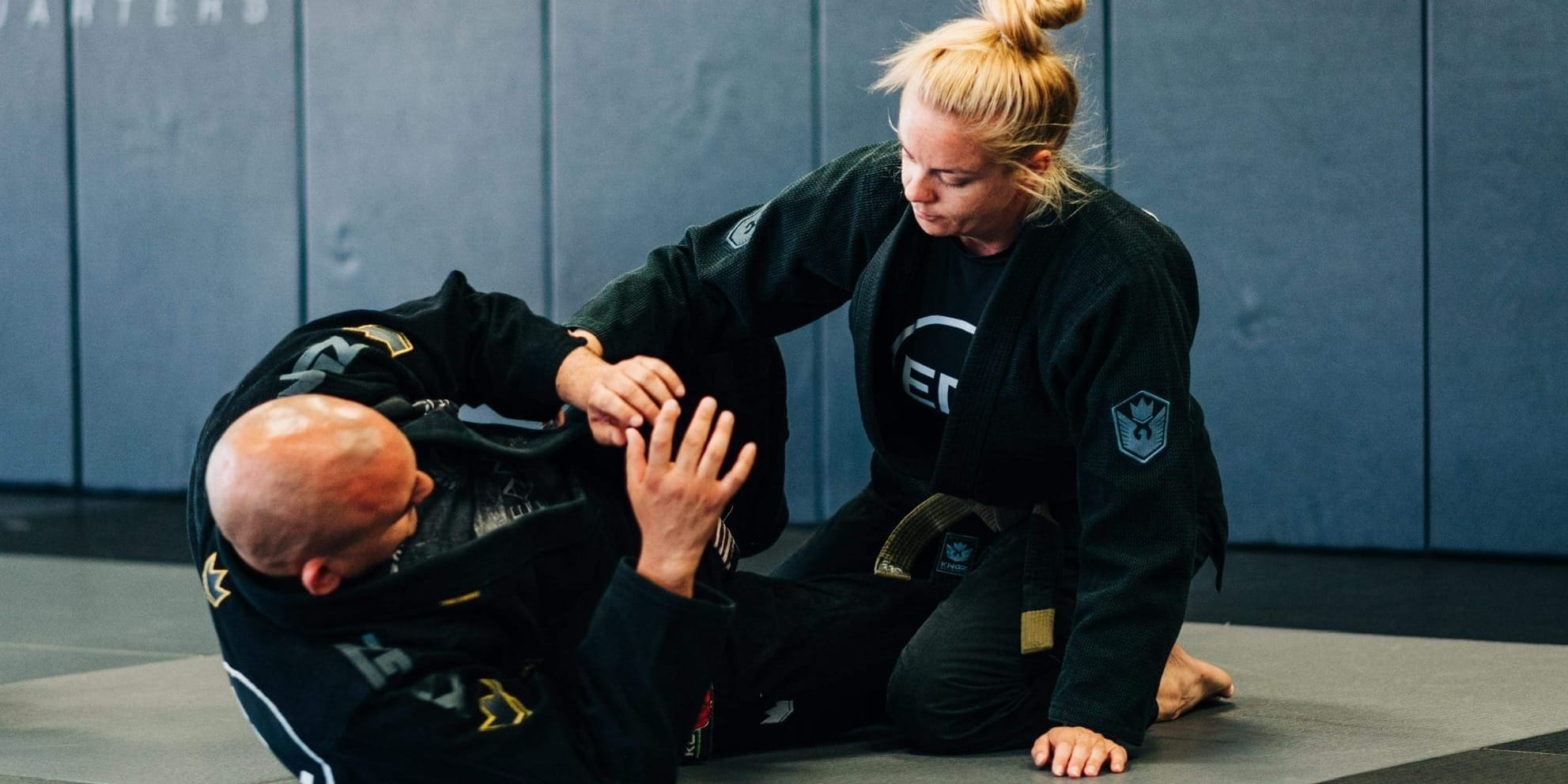STRATEGY, MINDSET, AND DAILY HABITS TO IMPROVE YOUR GUARD

Being a winner in Jiu-Jitsu isn’t just about taking gold every time you compete. It’s about consistently showing up ready to battle, performing under pressure, and walking off the mat knowing you gave your absolute best. That mindset—giving your best effort no matter the outcome—is something you can train every single day, both on and off the mats.
Whether you're chasing your first competition medal or simply looking to level up your Jiu-Jitsu, one of the most essential areas to focus on is guard development. A strong guard doesn’t just defend—it controls, attacks, and frustrates your opponent. Let’s break down the strategy behind developing a winning guard game.
1. Identify Where You're Strongest
Start by analyzing your game. Are you spending more time defending than attacking? Where do your exchanges typically begin and end?
Your goal should be to find positions where you are doing more attacking than reacting. This mindset shift alone can start transforming your guard game into a weapon instead of just a shield.
2. Focus on Guard Retention
Before you can launch attacks, you need to stay in the fight. Guard retention is the foundation.
Key skills to drill:
- Shrimping and hip escapes
- Leg pummeling and frames
- Stiff-arms and hand-fighting
- Regaining closed guard, De La Riva, or half guard
These movements are your lifelines when opponents try to pass. Drill them daily—especially during warm-ups and specific sparring rounds.
3. Develop Attacking Options
A good guard doesn’t just survive—it threatens.
Pick one guard to start with—such as Closed Guard—and focus on high-percentage attacks:
- Scissor Sweep
- Triangle Choke
- Armbar
Once comfortable, branch into variations and other guard types. The key is to build your confidence by mastering a few go-to moves before expanding your game.
4. Build Your Guard Gameplan
Every successful grappler has a clear gameplan.
Choose 1–2 guard styles to specialize in based on your most common scenarios:
- Closed Guard (vs. kneeling opponent)
- De La Riva Guard (vs. standing opponent)
If you like versatility, explore how Half Guard, Butterfly Guard, and X-Guard can connect together. These guards offer powerful transitions and are often used in combination by high-level competitors.
Your guard system should include:
- Guard entry (how you pull or recover guard)
- Control (grips, frames, hooks)
- Sweeps and submissions
- Transitions to other guards or top position
5. Drill and Spar With Intention
Don’t roll just to roll. Use your mat time wisely.
Incorporate:
- Repetitive drilling of guard movements and submissions
- Situational sparring starting in guard with specific goals (retain, sweep, submit)
- Positional sparring from your chosen guard types
Purposeful practice beats mindless repetition. Train with focus and clarity.
6. Be Patient and Persistent
Developing a strong guard takes time. You will get passed. You will get smashed. That’s part of the process.
What matters is that you learn from every mistake and come back sharper. The more you put into your guard work, the more confident and effective you’ll become over time.
Champions aren’t just born on the podium—they're forged during the hours of unseen work on the mat. Show up. Train with purpose. Build your guard one rep at a time. And remember, being a winner isn’t about the medal—it’s about always giving your best.